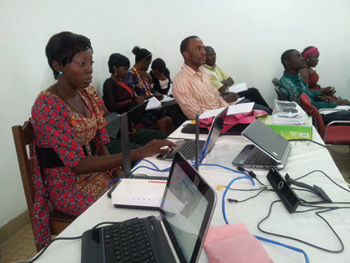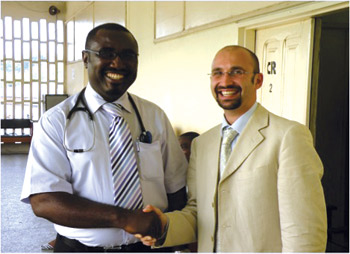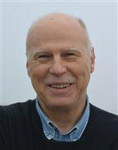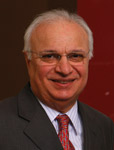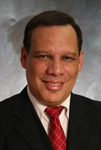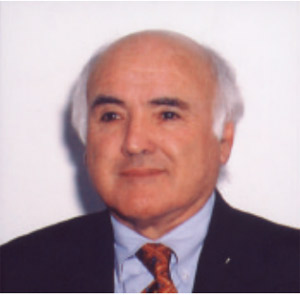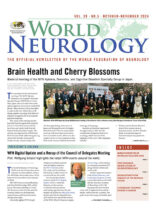By W. Struhal and Prof. P. Engel
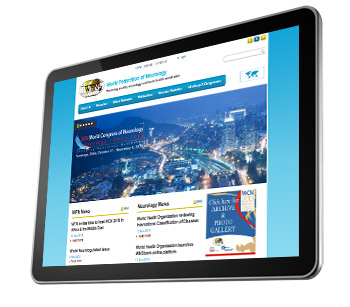 The World Federation of Neurology (WFN) is a huge and complex structure, representing neurologists worldwide. To achieve its aim, many international neurologists collaborate and work on WFN projects, represent the organization as officers or serve as editors or authors for WFN media. These initiatives play an important role in advocating the interests of neurologists on a global scale.
The World Federation of Neurology (WFN) is a huge and complex structure, representing neurologists worldwide. To achieve its aim, many international neurologists collaborate and work on WFN projects, represent the organization as officers or serve as editors or authors for WFN media. These initiatives play an important role in advocating the interests of neurologists on a global scale.
You can follow all of these activities and more at www.wfneurology.org.
Content
A major aim of WFN is supporting educational initiatives and encouraging global networking. The website provides a sound insight into WFN educational activities. These include WFN seminars in clinical neurology, which provide teaching and training materials and patient care guidelines. Exchange among young neurologists is encouraged by WFN through programs such as the Turkish Department Visit, and available grants and awards for young neurologists interested in extending their training internationally. Reports are published on projects such as the Zambia Project, which aims to improve medical care in Zambia. Young neurologists are encouraged to participate in the WFN, and the website lists representatives of young neurologists. A singularly interesting section is neurology for non-neurologists, which provides educational materials for areas where there is a severe shortage of neurologists.
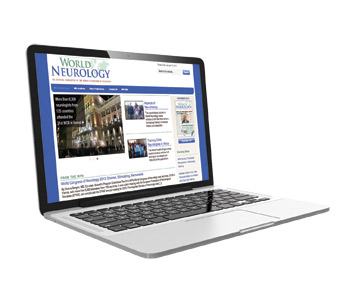 Bringing worldwide science and patient care closer together is a strong objective of the WFN. At www.wfneurology.org, you will find details on the World Brain Alliance, an umbrella group of international neurological organizations. WFN applied research groups organize scientific projects and educational activities in neurology subspecialties, and publish their activities on the website on an annual basis.
Bringing worldwide science and patient care closer together is a strong objective of the WFN. At www.wfneurology.org, you will find details on the World Brain Alliance, an umbrella group of international neurological organizations. WFN applied research groups organize scientific projects and educational activities in neurology subspecialties, and publish their activities on the website on an annual basis.
Some additional important topics presented at www.wfneurology.org:
- WFN initiatives (e.g. the WFN Africa Initiative)
- Candidates for 2013 election, including the president of WFN
- WFN officers, national WFN delegates, WFN regional directors
Do you want to keep up to date?
The WFN website provides insights into our organization, but it offers more than that. Neurology news of major global importance is published in WFN’s publication World Neurology (www.worldneurologyonline.com). Because one aim of the WFN web strategy is to establish direct interaction with its users, social media channels are offered. You may follow WFN updates and actively exchange your thoughts with WFN on Facebook (www.facebook.com/wfneurology), Twitter (www.twitter.com/wfneurology), or the World Federation of Neurology LinkedIn group (linkedin.com). You can use these social networks to interact and get to know other participants of the XXI World Congress of Neurology in Vienna – the first World Congress where social media channels were offered. For Twitter users, please follow our official hashtag (#) and don’t hesitate to use it in your tweets: #WCNeurology.
Aims and vision of the WFN website
The WFN website and WFN digital footprint comprise a platform for neurologists who advocate neurology through WFN initiatives and projects, and inform the public on activities of WFN. Social media platforms offer the prospect of increased online interactivity and the hope that neurologists worldwide will interconnect more. The future vision is that these digital resources will help to build a strong network of neurologists worldwide and strengthen scientific collaboration in neurological research and services.
We warmly invite you to visit www.wfneurology.org.
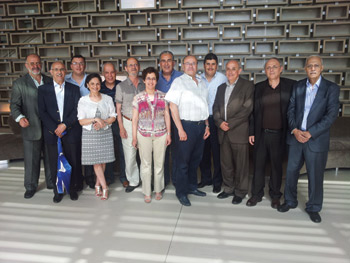
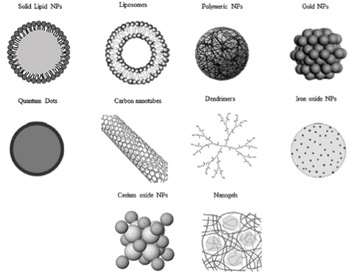
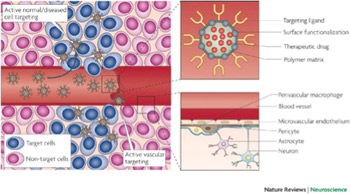
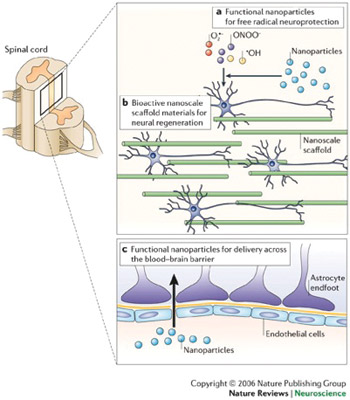
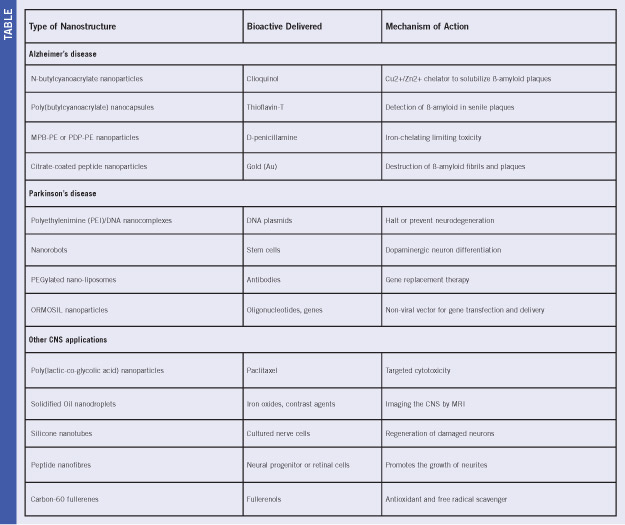

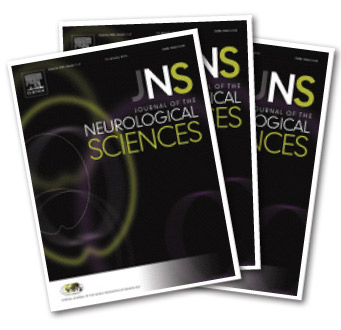 should be helpful in guiding the future training of neurologists around the world. The major disappointing aspect of the survey was that only 39 out of the 113 WFN member organizations provided answers to the survey. Most respondents were from Europe and Asia. Notable non-responders were Canada, France, India, Italy, Japan, United Kingdom and The United States.
should be helpful in guiding the future training of neurologists around the world. The major disappointing aspect of the survey was that only 39 out of the 113 WFN member organizations provided answers to the survey. Most respondents were from Europe and Asia. Notable non-responders were Canada, France, India, Italy, Japan, United Kingdom and The United States.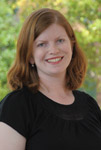
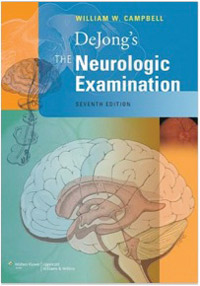 The new edition of “DeJong’s The Neurological Examination,” by William W. Campbell, will appeal to neurophiles. It has been modernized in many ways — the four-color edition is much easier on the eye, for one thing. There are more images accompanying the text, with clearer photographs and MRIs to supplement the clinical vignettes.
The new edition of “DeJong’s The Neurological Examination,” by William W. Campbell, will appeal to neurophiles. It has been modernized in many ways — the four-color edition is much easier on the eye, for one thing. There are more images accompanying the text, with clearer photographs and MRIs to supplement the clinical vignettes.